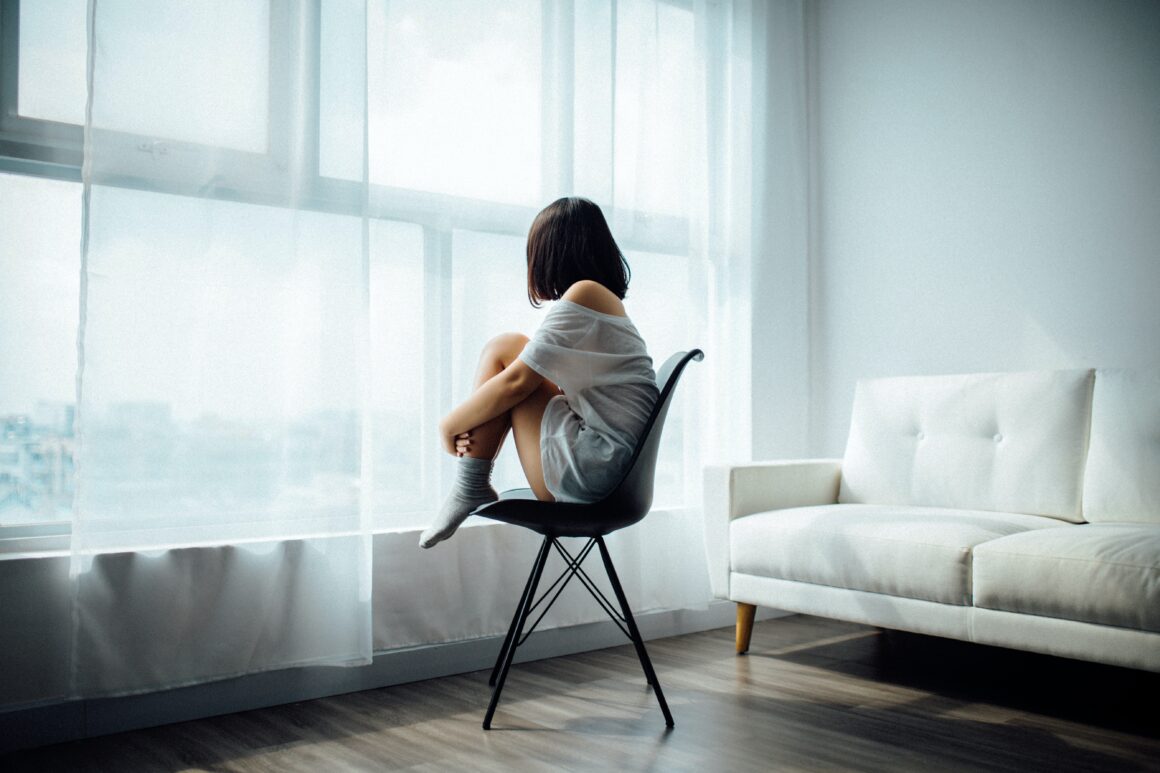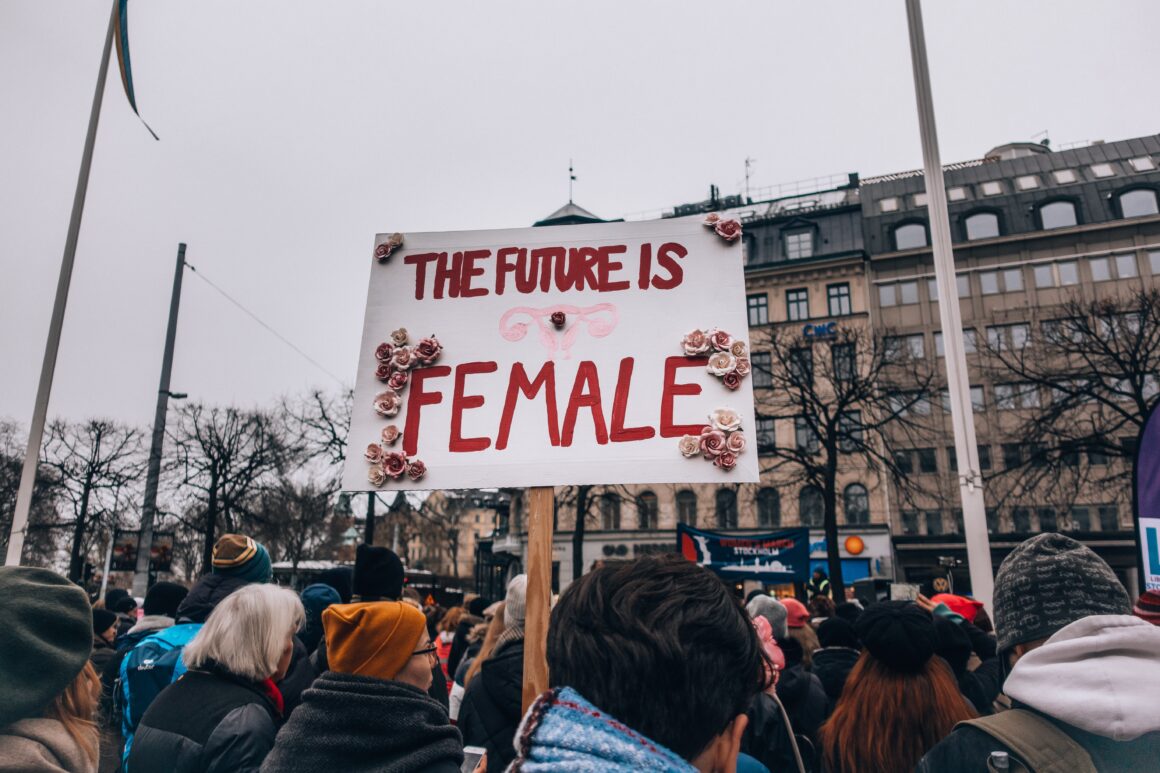It’s official: the Silence Breakers are 2017’s Time Persons of the Year. Despite President Trump’s documented obsession with the title, this year, survivors of sexual abuse (something over a dozen women have accused him of) are being celebrated for their courage, compassion and strength.
On Wednesday, Time released the annual Person of the Year cover (which has been given in the past to world leaders, the computer and yes, even you), along with survivor profiles, interviews, and web-exclusive video content. Not only does the magazine feature women from all walks of life, including celebrities, academics and farm labourers, but the project was edited, fact-checked and filmed by women as well. This cover is a true testament to the power of the #MeToo movement, but the reveal left me with a number of teensy questions. For example:
1. Why were so few male survivors featured in this project?
Anyone and everyone can find themselves victim to sexual assault, harassment and misconduct. However, this issue predominantly affects women. Both of these statements are true, but it is crucial that we don’t let one cancel out the other.
The truth is that we don’t have accurate information on just how many men have faced abuse, and men face a number of unique barriers when it comes to reporting sexual assault. Not only is there another layer of stigma for men who have survived abuse, but many male survivors were children when they were victimized, and LGBTQ+ men may risk outing themselves by reporting abuse. This year, a number of courageous men have come forward to challenge the stigma around male survivors, and advocate for a nuanced, inclusive conversation surrounding this issue.
So why weren’t they allowed to share the spotlight?
No men were featured on the cover of Time, and only two men (Terry Crews and Blaise Lipman) were featured in the web-only content. It’s also interesting to note that none of Kevin Spacey’s accusers were featured, despite the fact that the actors’ fall from grace and shameful public response was one of the biggest stories to unfold in recent months. It was also one of the first instances of a man facing abuse accusations was held accountable by the entertainment industry, with Netflix dropping him from the starring role in House of Cards and director Ridley Scott spending ten million to reshoot Christopher Plummer in Spacey’s role in the upcoming film All the Money in the World.
Ultimately, it’s appropriate for women to make up the majority of this project, but men were almost completely excluded from it, which isn’t right. If the goal of the #MeToo movement was to show the world the prevalence of abuse and correct misconceptions about the issue, then it needs to address the millions of men who are abused every year, plain and simple.
2. Why weren’t some of the most fearless #MeToo advocates featured on the cover?
While every woman who graced this year’s cover deserved their spot, it’s sad to see so many fearless advocates left out. Tarana Burke, the Black woman who actually started the #MeToo hashtag and created her own non-profit to address sexual violence, was not featured on the cover. Nor was Alyssa Milano, the white actress who helped catapult Burke’s movement by sharing the idea, or Rose McGowan, who has been a leader in sexual assault advocacy.
The whole point of #MeToo is to remind survivors that there’s room for all of our voices and experiences. So why didn’t Time make room for more than five women?
3. Why weren’t advocates like Lady Gaga, Dylan Farrow and Kesha featured at all?
Before #MeToo was the number one trending hashtag on the planet, millions of survivors were sharing stories and struggling to be heard. It seems interesting to me that Time has chosen to honour the survivors who have recently come forward, without including the pop culture figures who were thrust into the spotlight and helped pave the way for these women to come forward.
Was Lady Gaga’s gorgeous Oscars performance not a pivotal moment for the entertainment industry? Flanked by dozens of survivors, she was addressing the issue during the industry’s biggest night with a song that’s agonizing and poignant, all at once. Was Kesha’s drawn-out legal battle to salvage her career and free herself from her former collaborator and accused rapist not worthy of recognition?
What about Dylan Farrow, who was just seven-years-old when she claimed her adoptive father Woody Allen sexually abused her? In 2017, abuse allegations will lead to public outcry and actual accountability; if you were accused any earlier, it seems you’ll be in the clear. Woody Allen is still making movies and receiving prestigious awards for his work, and A-listers such as Selena Gomez, Elle Fanning and Call Me By Your Name’s Timothee Chamalet have all signed on for an upcoming project.
Without intending to, Time is insinuating that this issue is something new, that the 2017 accusers have come out of the woodwork without the help of so many other women who made waves without the recognition.
4. Why wasn’t Lupita Nyong’o featured?
After publishing a scathing, emotional account of her experiences with the now disgraced producer Harvey Weinstein, Lupita was the only woman he’s come forward to publicly accuse of lying (or “having a different recollection of events”). Did she not want to participate, or did someone actually screw up so hard as to actually not call her?
5. Why didn’t some of the fearless journalists who broke these stories end up on the cover?
In October, Jodi Kantor and Megan Twohey published one of the most explosive and influential pieces in recent history, a diligent report that exposed Harvey Weinstein, one of the biggest names in Hollywood, as a serial abuser. Their journalism set off a chain reaction that has led to hundreds of similar articles and thousands of powerful men being exposed. Other notable journalists who have helped create a culture in which survivors feel safe and supported include Irin Carmon and Amy Brittain, Ronan Farrow and Jake Pearson and Jeff Horwitz, who recently published an article accusing the powerful gossip editor Dylan Howard of sexual misconduct. Many of these writers have put their careers and reputations at risk, especially considering the fact that, not too long ago, accusations without evidence that would hold up in criminal court were rarely accepted as potential stories. So why not give them the recognition they deserve?
6. Why was a woman’s entire body literally cropped out?
It’s true: on the right side of the magazine, you can see the elbow of a woman who has been cropped out. Despite the fact Time claims the cropping was intentional to protect a survivor’s’ identity, it feels like a weak choice to maintain anonymity, especially considering so many women simply aren’t featured on the cover at all. It’s not a super cool move, and perhaps an unintentional metaphor for the darker side of #MeToo, in which some voices are elevated and others are removed from the picture.
7. Why weren’t the accusers of politicians, including President Trump, former president Clinton, Roy Moore and Senator Al Franken included?
It’s true that Donald Trump’s accusations were mentioned numerous times in the issue, it’s also true he was the first runner-up for Person of the Year. Politics took a backseat to news media, tech and entertainment, despite lobbyist Adama Iwu being featured on the cover. Despite the fact that many politicians from all sides of the political spectrum have faced accusations of misconduct and abuse, including former president Clinton and current president Trump, none of their survivors were featured. Was Time afraid to get political? Hoping this stint wouldn’t hurt their chances of scoring interviews with powerful leaders and politicians in the future?
8. Did anyone consider how this could backfire?
Already, I’ve been seeing conversation about which women belonged on the cover, and, by extension, which women didn’t deserve their spot. Most notably, there’s been conversation about whether Taylor Swift belonged at the forefront rather than advocates like McGowan or Burke. Some argue her trial doesn’t fit within the relatively tight timeline of the #MeToo movement, some argue the fact that she’s made political silence an element of her brand disqualifies her from taking credit for any sort of activism. In my opinion, Taylor belongs on the cover as much as any other survivor. There are times where it’s appropriate to discuss celebrities and political silence, but suggesting a woman who had defended herself against a man who was suing her for his own actions isn’t “enough” doesn’t feel justified to me. What’s worse is the fact that some are brazenly suggesting that being groped isn’t a heinous enough assault to grant her a cover appearance.
These conversations are harmful, but often the result of trying to find perfect representation with just five women on the cover. Which could be solved with my final question…
9. Why wasn’t the cover just a composite of all the many men and women featured in your social media posts and online-only videos?
This would have solved everything. Why choose six women? Why leave cropped arms and debates over who deserved the cover spot the most? Why exclude men, trans people, survivors from the pre-#MeToo era?
It’s not about Taylor Swift or Ashley Judd or an anonymous woman’s elbow. Every person featured in their magazine and their videos- and many, many more- could have had a photograph featured in a collage or even a photo shoot that focuses on the massive number of subjects rather than finding a perfectly posed photograph.Ultimately, the power of this movement is in the fact that it’s all of us. All of us are hurt in a patriarchal system that refuses to hold powerful men accountable and creates a culture of silence, but all of us can fix it. So it would have been nice if Time had made room for all of us, too.


